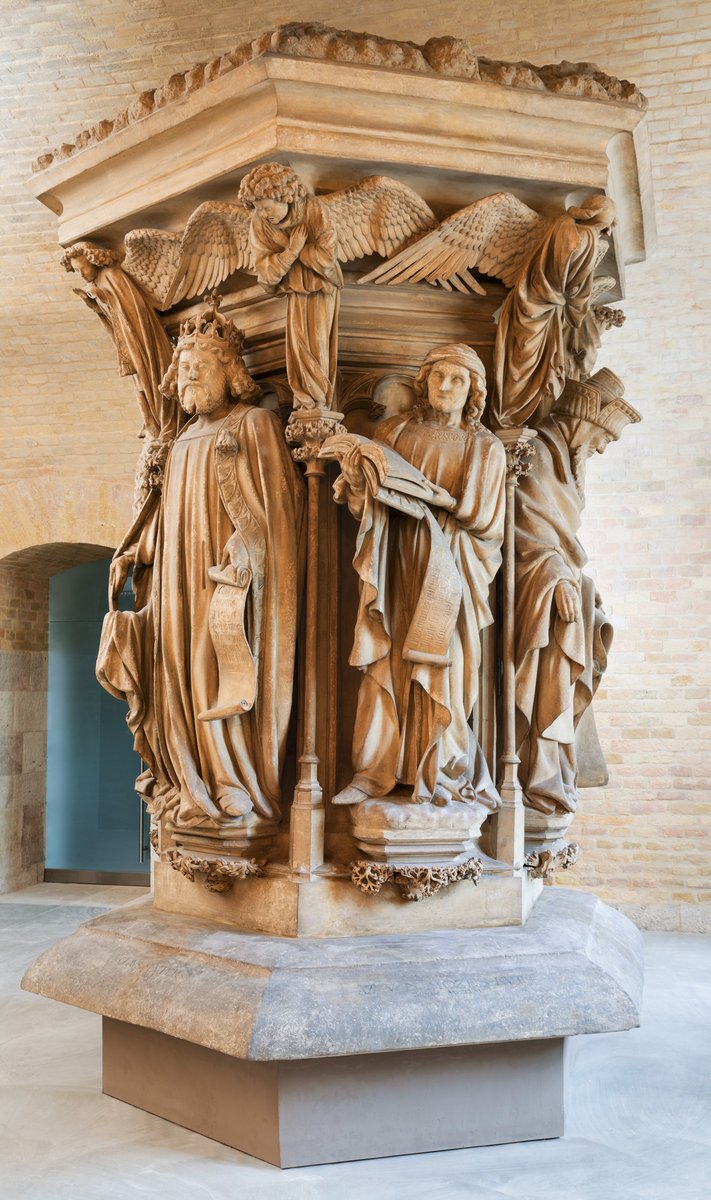
Well of Moses
Sculptures
| Artist | |
|---|---|
| Culture | Italian |
| Date | second quarter of the 16th century |
| Object type | sculpture |
| Medium, technique | bronze |
| Dimensions | 25.5 × 16 × 19 cm, 3.5 kg |
| Inventory number | 5354 |
| Collection | Sculptures |
| On view | Museum of Fine Arts, Second Floor, European Sculpture 1350-1800, Gallery 2 |
Antique art had a powerful impact on the Renaissance and was an example to follow. In the first decades of the 16th century, erotic representations also spread in Italy under the influence of antique models. The most famous was a series of pornographic engravings (ca. 1524) by Marcantonio Raimondi, made after the drawings of Guliano Romano. At the same time, in northern Italy, similar subjects appeared on small bronzes and bronze plaquettes, depicting mainly intertwined satyrs and satyresses. Beside the one in Budapest there is only one other existing version (Victoria and Albert Museum, London) of the same composition made by the Paduan sculptor, Andrea Riccio. In northern Italy, many artists cast similar
bronzes after Riccio, thus the identity of the creator of the Budapest artwork remains unknown.
Petrovics, Elek – Meller, Simon, Ferenczy István bronzgyűjteményének kiállítása, Országos Magyar Szépművészeti Múzeum, Budapest, 1917, p. 12.
Balogh, Jolán, Katalog der ausländischen Bildwerke des Museums der bildenden Künste in Budapest, IV – XVIII. Jahrhundert: 1. Textband Bd. 1, Akadémiai Kiadó, Budapest, 1975, p. 151-152., no. 192.
This record is subject to revision due to ongoing research.